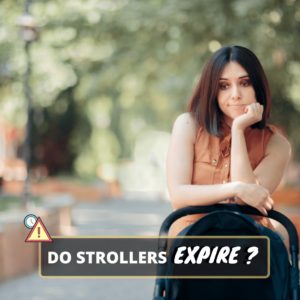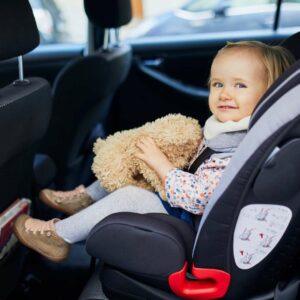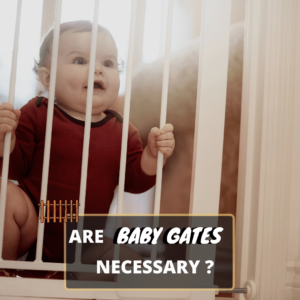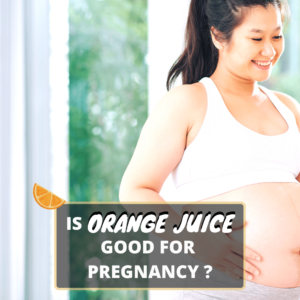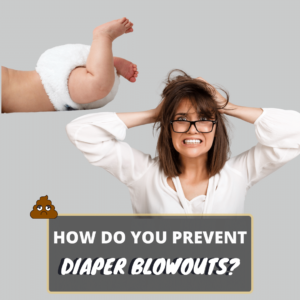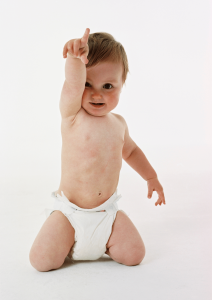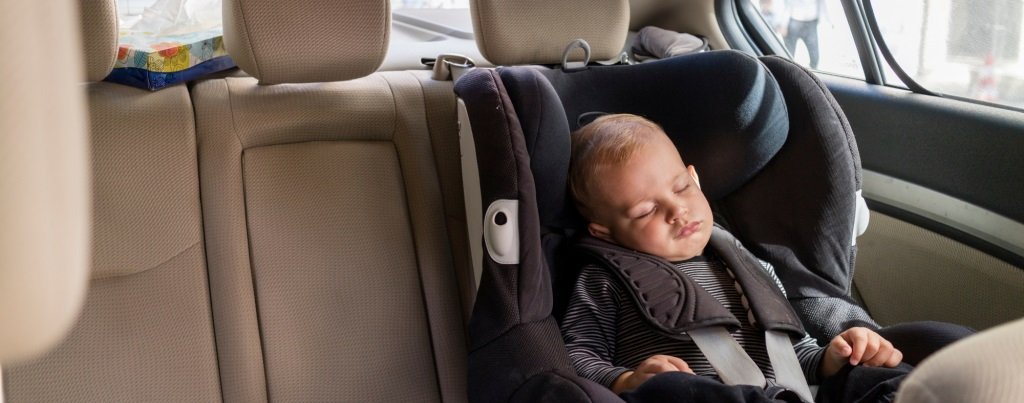
Although SIDS is a very sensitive subject, every parent should know how to keep their baby safe. So, is it safe for a baby to sleep in a car seat ? It is not safe to allow your baby to sleep in their car seat for prolonged time periods, or unobserved when they are out of the car.
This tragic phenomenon has had devastating effects for so many families. As new parents, my wife and I had seen a heart-breaking story on a news broadcast of how one mother returned to discover her child was not breathing after being left asleep in their car seat. It had a very big effect on us, leading us to research this topic further online in order to learn how we could keep our precious little one safe.
Read this article for more information on safe sleeping for your baby in their car seat and other sitting devices, and to answer the question ‘is it safe for a baby to sleep in a car seat’ ?
Research
Often the exact cause of death is often unexplained. However, there is an association between SIDS and babies sleeping in certain products. These include car safety seats, swings, strollers, rockers and bouncers. In 2019, Fisher-Price urgently recalled its ‘Rock ‘n Play Sleeper’ [1]. This followed reports of infant deaths in this device. Kids II also recalled their baby rockers following similar reports [2].
Subsequently, a study led by Dr Colvin (University of Missouri) was published in the Pediatric journal [3]. It analysed over 11,000 sleep-related infant mortalities and looked into the question is it safe for a baby to sleep in a car seat?. They found that:
- 3% of the deaths were in sitting devices
- Of these, the majority were aged between 1-4 months
- Most of these deaths were due to suffocation
- Around 63% occurred in car seats (35% in swings, and less than 5% in strollers)
- Around 90% of deaths in sitting devices were in non-travelling situations
- Incorrect harness use was the biggest risk factor
- SIDS-like risk factors were also present (e.g. premature birth, low birth weight, smoke exposure)
Why is it so dangerous?
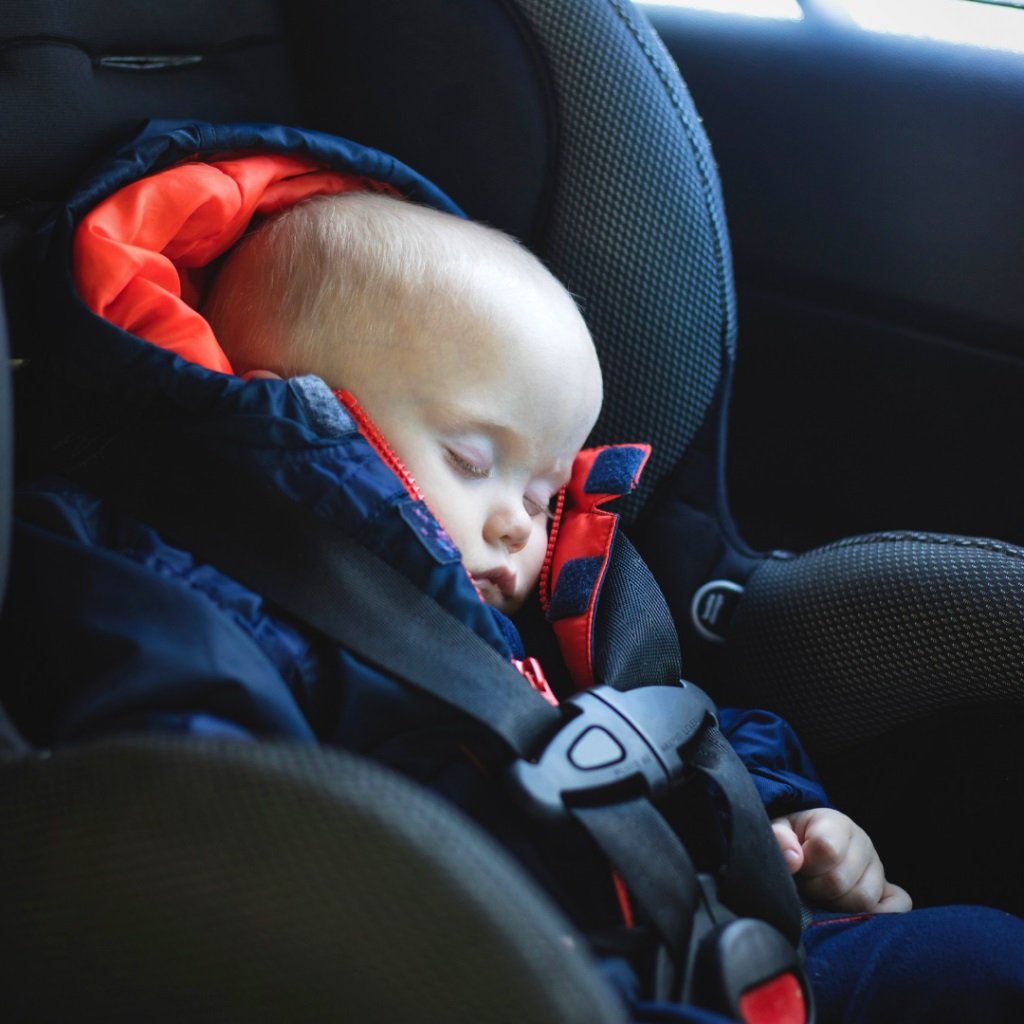
One of the main dangers is due to the angled positioning the sitting device creates. Young babies, particularly those under 6 months, haven’t yet developed competent head control. This position can also create extra pressure on their developing spines.
Falling asleep for a prolonged time in this upright position poses a big risk that the baby’s head may flop forward. This restricts their breathing and is known as positional asphyxiation.
Strangulation and suffocation can occur from safety strapping and padding. This is often found on sitting devices like car seats.
Here are some common mistakes parents and carers make when their baby falls asleep in a car seat:
- Often a sleeping baby remains in their car seat, even after arriving at their destination. The car seat is then moved inside or attached to a stroller, in the hope of not disturbing the baby while they sleep. Avoid this mistake.
- Moving the sleeping baby in their car seat and putting them on to a new surface, can inadvertently move the baby’s head position. This can lead to positional asphyxia.
- You may loosen or unbuckle the strapping assuming it will be more comfortable for the baby. This can lead to the baby sliding down into an unsafe ‘c position’, where their chin tucks down to their chest.
- Unbuckling the lower leg safety straps whilst leaving the top chest straps still secured is dangerous. It can lead to the baby sliding down and strangling themselves on the chest straps. A wriggly baby who is not secured in anymore, is more likely to get into dangerous positions where they are trapped and can no longer breath.
Recommendations
Dr Colvin and his co-authors were very specific with their recommendations when asked is it safe for a baby to sleep in a car seat ? :
Sitting devices should only be used for their intended purposes; such as using car seats for transportation only. Sitting devices are NOT an acceptable substitute for a crib or bassinet. Using car seats for sleep in non-travelling contexts may pose a risk to your infant.
The ‘2 hour rule’ is endorsed by car seat manufacturers, safety experts and doctors …
A baby should not be in their car seat for any longer than 2 hours at a time.
If your journey is going to be more than 2 hours, it is advisable you stop for frequent breaks. Take the baby out of their seat, even if they are sleeping. It would do you both good to get some fresh air and a chance to stretch your arms and legs. Use the time to give your baby a feed and nappy change too.
More safety tips
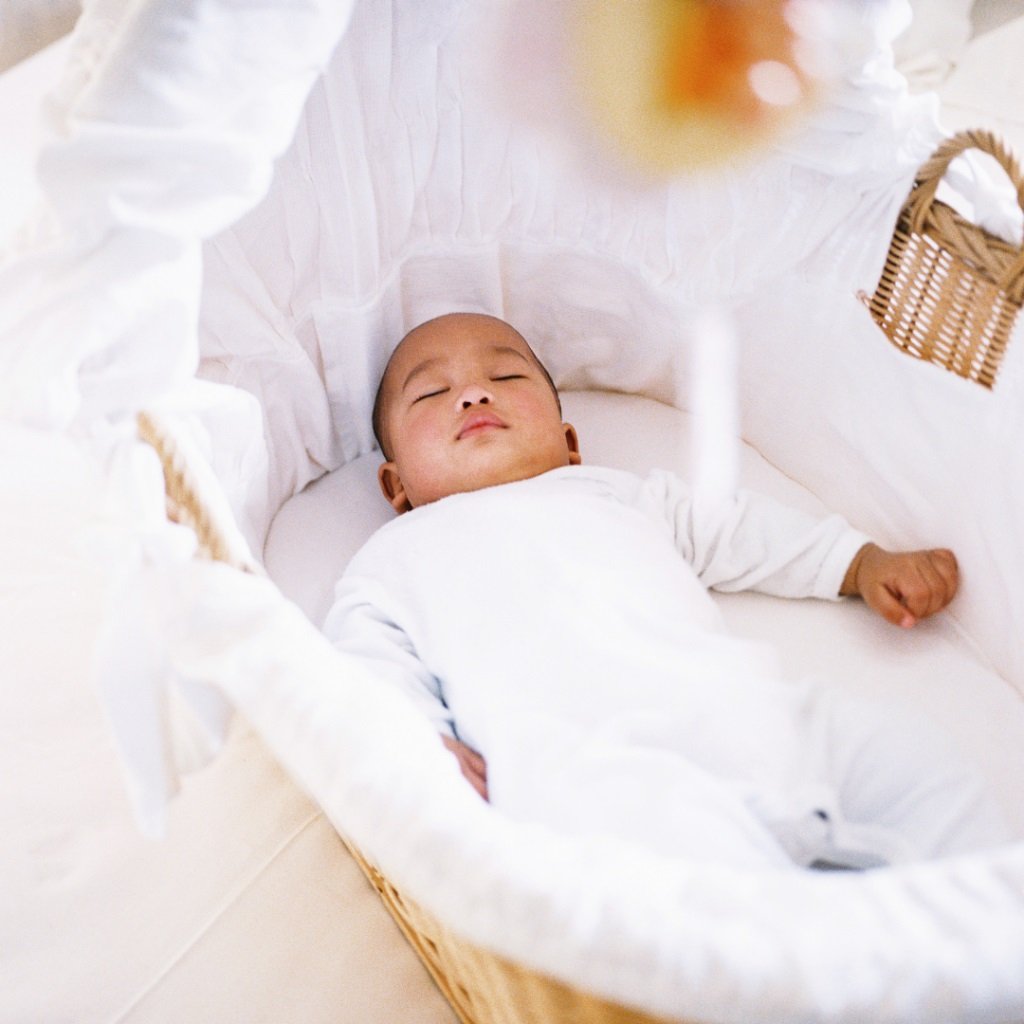
- The safest place for a baby to sleep is on their back on a flat, firm mattress (like that found in a crib or bassinet). A car seat does not meet this requirement.
- Sleeping on their front may cause suffocation. Especially in babies under 3 months who are not able to turn themselves over.
- The baby should sleep in the same room as their parent or carer to allow supervision.
- You MUST secure your child in an age-appropriate car safety seat when travelling in a car. This is the safest way for your baby to travel. And it’s the law. Ensure the car seat is installed properly.
- Car seats should only be used in the car to transport your baby.
- Ideally, have an adult travel at the back to keep an eye on the baby in their seat.
- It is easy for a baby to lose excess heat quickly through their heads. So leave their heads uncovered when in the seat. This prevents overheating due to their underdeveloped thermal regulation systems. Take extra care with thick, man-made fabric snowsuits. These can lead to overheating. Bulky coats may render the safety harnesses less effective at securely holding the baby in place during an accident.
- Make sure all family members and carers know how to use the car seat.
- If you are travelling alone, use a special rear view mirror to keep an eye on your baby. Make sure you stop to check on them. If you notice they have moved out of position, stop immediately. Then securely reposition them.
- It is common for your baby to have a short nap in their car seat whilst you are driving. Ideally, this should be supervised. When you have arrived at your destination, the car seat is no longer a suitable place for your child to sleep.
- DO NOT allow your child to have extended sleep in their car seat.
- It is ok to transfer a sleeping baby still strapped securely in their car seat out of the car. But DO NOT leave them sleeping in the seat. Move them as quickly as you can to a flat crib or bassinet to allow them to continue sleeping safely.
- It is ok to briefly put the car seat on the floor during the transfer process, but avoid putting it on high surfaces. Even the slightest movement can unbalance the seat and it could topple over.
- If they wake up during the car seat transfer process, try to get them back down to sleep in their crib or bassinet. But sometimes that is not possible, and you just have to accept that nap time is over for now.
- Use rockers and swingers as per the manufacturer’s guidelines. Ensure your child is of the correct age and size. Make sure you remain close by at all times keeping your baby under close observation. Use any safety seat belts and restraints provided as recommended. If your baby falls asleep in their rocker or bouncer, move them immediately to their crib or bassinet.
- Many babies love the sensation of motion to help them fall asleep. Avoid over using swingers and rockers to get your baby to fall asleep. This may result in them becoming reliant on this sleep onset pattern. This will be an inappropriate way to get them back to sleep should they wake at night and are dependent on this method.
- Newborn babies, older babies and toddlers should never be left unsupervised. Whether they are sleeping or not.
- Always complete and submit your warranty card when you buy a device for your baby. This way you should automatically be contacted should there be a recall on that product.
- Only use manufacturer approved infant-positioners.
- Avoid using a second hand car seat, as the materials will deteriorate over time.
- Do not use a car seat that has been in an accident.
- If you buy a second-hand baby product, make sure you visit the Consumer Product Safety Commision website. Here you will see if there are any recalls on it.
When do the risks reduce?
Babies who can not sit upright by themselves are at a very high risk of encountering problems. Most newborns will have satisfactory head control by around 6 months.
However, this doesn’t mean they are out of the woods. Older babies tend to be more squirmy … so are more likely to wriggle into the wrong position. Here, the strapping on a carrier device can block their airway.
In conclusion, is it safe for a baby to sleep in a car seat?
The take home messages are clear. so, is it safe for a baby to sleep in a car seat? Well, only use car safety seats for their intended use … to keep your infant safe during car journeys. This is also true for all other sitting devices. Do not leave your baby unattended when they are using these devices.
If your child falls asleep in one of these devices … move them to their crib or bassinet. Here you can lay them on their back, on top of a firm, flat mattress for a safe sleeping environment.
If you are getting ready for the arrival of your baby, make sure you check out our ultimate baby checklist article. Prepare properly by getting all the right things!

